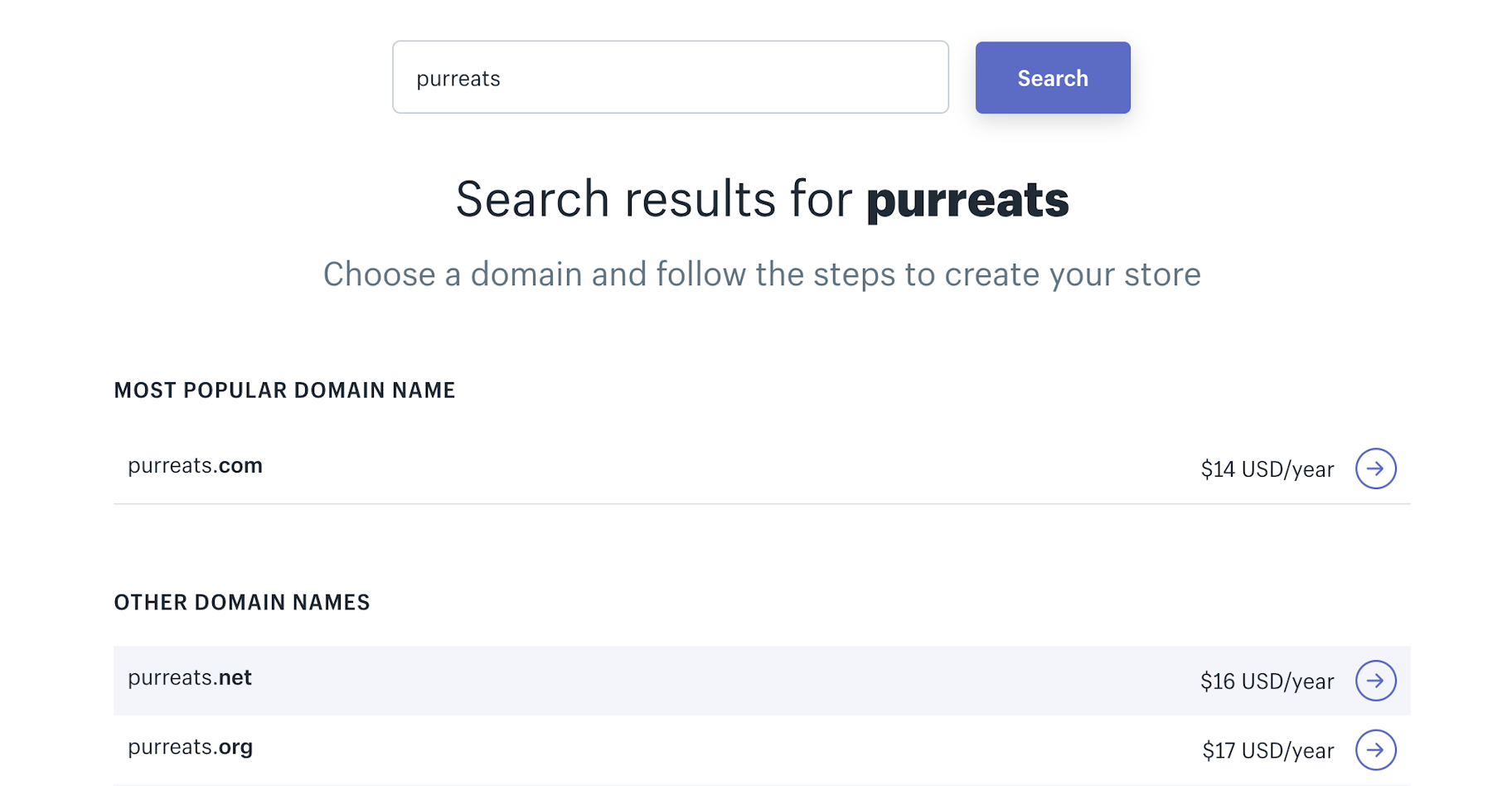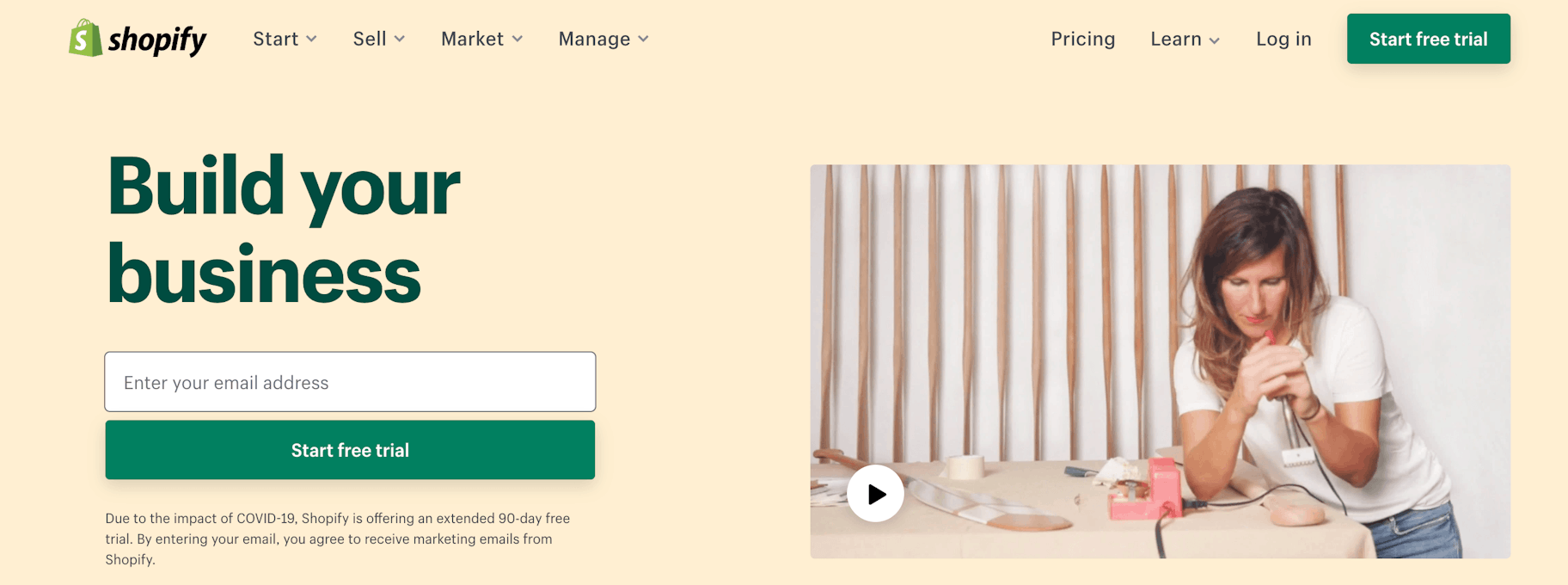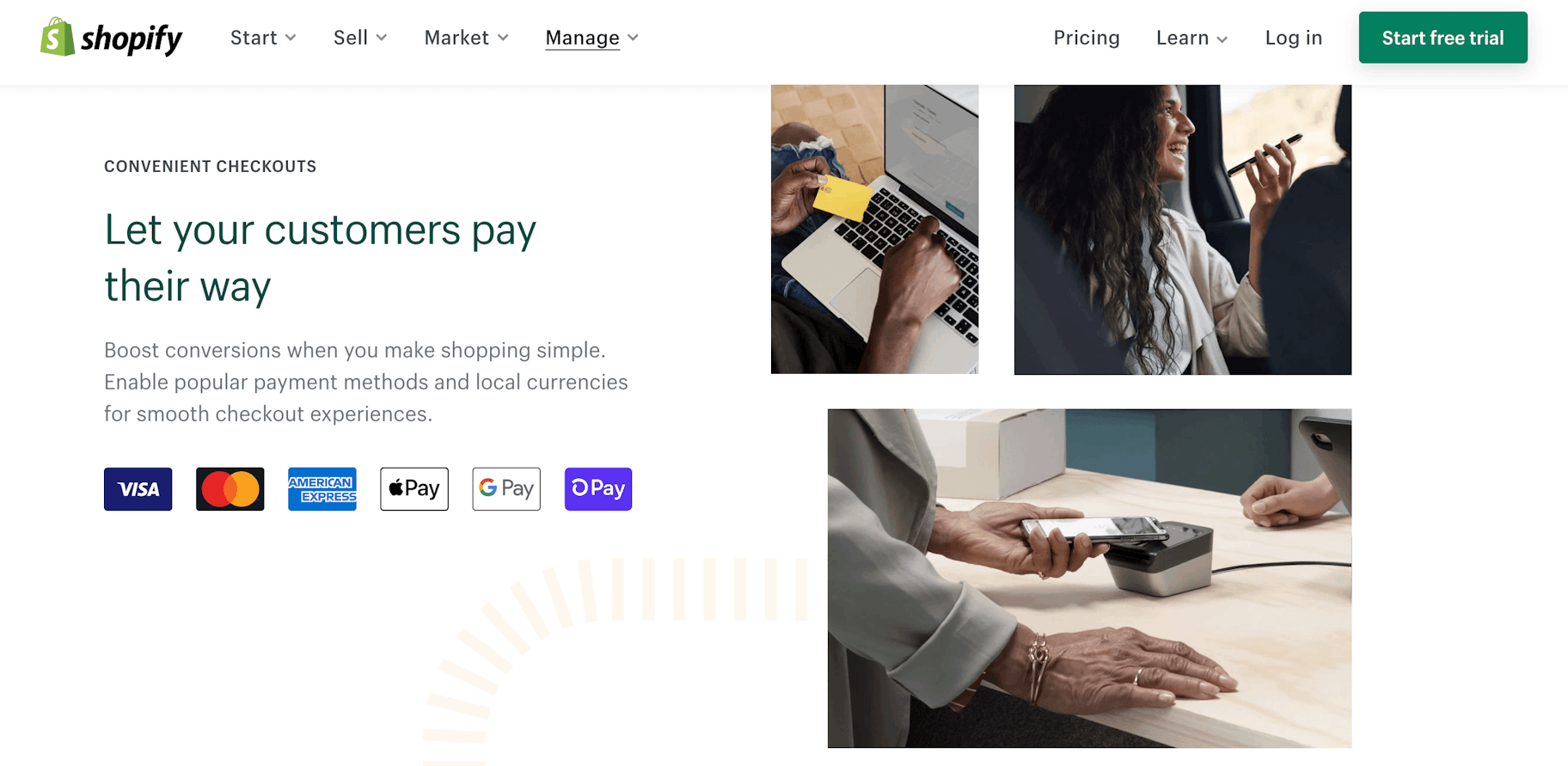By now, you should be familiar with (if not exhausted by) the consequences of the COVID-19 pandemic. Toilet paper problems aside, reports show a significant increase in the closure of traditional businesses. Instead of dwelling on the damage, pain, and uncertainty, consider moving your business online so you survive and thrive in these tough economic times.
With consumers unable to venture out and visit their favorite shops, having an online presence is more important than ever. Although there has been a drastic shift in people’s spending habits, they’re still going online and buying things that will help them adapt to the new normal. Moving your business online, therefore, can help generate much-needed revenue to keep your operations going.
To help you take your brick-and-mortar shop from “temporarily closed until further notice” to an awesome online company, we’ve put together a list of actionable steps to get your business online.
Here’s what you need to do:
Post Contents



1. Buy a domain name
Domain selection is the first step in moving your business online. Ideally, you’d want the domain name to be the same as your business name. For $15-$20, you can register a domain name for a whole year.
To purchase a domain, search the name of your business through a domain buying platform. Shopify offers one that allows you to buy and manage custom domains. You can also use it to research alternative names if your offline name is already taken.
→ Click Here to Launch Your Online Business with Shopify

Shopify’s domain buying platform also lets you choose from standard, premium, and country domain extensions. So, if the “.com” version of your preferred name isn’t available, you can register the “.net” or “.co” extension for your offline name.
Buying a domain name is a big step for a business owner, so take your time and follow these guidelines.
- .com should be your first choice as it’s the most powerful domain extension
- Hyphens and numbers are a big no for domain names
- Local extensions like .ca and .uk may work well for local businesses
- Trademarked domains can get you in legal trouble so avoid them at all costs
Pro tip: If you’re looking to create a distinct online identity, use the Shopify Business Name Generator to come up with unique ideas for your domain name.
2. Create a website
Once you’ve registered a domain name, you’re ready to start building your website. An essential step in setting up a site is choosing a platform where you’ll host its content. Think about your expectations for selling online before deciding which platform or software is best for you.
For example, if you offer interior design services, you might want to start a blog where you can give tips on dealing with a renovation or advice on how to choose furniture. This will help establish your credibility while giving you the opportunity to take online bookings.
But if you plan to sell products through your website, you’ll need to sign up for an ecommerce platform. Platforms like Shopify are super easy to use and set up. Just create an account and you can start building your website and selling right away.

When you figure out what you want to achieve with your website, you can choose the type of platform that will bring you closer to your goals.
3. Work on the site’s design
As you take your business online, your website platform will likely present you with a range of themes (or templates) to choose from. Pick a simple, professionally designed theme and then add customizations over time if you wish to. You want to make sure that the design not only reflects your brand’s personality, but it’s also easy for customers to navigate.
There’s quite a bit you can do with pre-made themes to ensure your website carries your brand image. Most templates will allow you to make these changes:
- Replace the default logo with your own
- Change the background, font, and navigation menu
- Insert or remove content from various pages of the site
- Add social media links in header and footer
- Display an email sign up form or link
- Showcase product videos and images
How flexible these customizations are will vary across platforms, with solutions like Shopify enabling sellers to infuse their brand’s personality into their websites.
4. Decide what to sell
Another thing you need to do when moving your business online is to decide what to sell from your existing offerings.
While service-based firms don’t have to worry about storage and shipping, brick and mortars may have to trim down their inventory in order to keep costs low.
When choosing products to sell, start by adding your top selling and lightweight items to your ecommerce website. Also, consider what items shoppers inquire about or request the most. This way, you may be able to find new products that will increase the sales of your store.
If you don’t have the means to store new inventory, you can use a dropshipping tool like DSers to find suppliers who’ll handle everything from storage to delivery.
Dropshipping gives you the freedom to sell as many products as you like without having to keep your inventory at home. Most ecommerce platforms today offer dropshipping apps that offer a diverse selection of products.
5. Get your legal ducks in a row
Taking your business online doesn’t mean you’re exempted from standard legal procedures. In fact, you may have to fulfill a few more requirements depending on how you plan to run your operations. Below are some of the key legal aspects of selling products and services on the internet.
Business license
There’s no dedicated license for an online business. This means you can use the same license that was issued when you registered your brick-and-mortar or LLC. However, you may have to apply for a Home Occupation Permit if you plan to run the business from home. The SBA’s list of state licenses and permits can help you identify one specific to your location.
DBA license
If your online business is going to operate under a different name than your traditional company, you will need to get a DBA (Doing Business As) license. You can apply for a DBA with your state government based on where your business is incorporated.
Tax obligations
You will also need to register for an EIN (employee identification number) so that the IRS can tax you on your transactions. Additionally, you might need to collect sales tax if you plan to sell goods or services in a sales/use tax state.
Data privacy
If your business collects customer’s information, you will have to display a privacy policy that explains what you will or will not do with that information. Also, you may have to comply with GDPR laws which require you to put up a disclaimer regarding the collection of personal information.
6. Add content to your website
Content is crucial to moving your business online. Because people won’t be able to visit you in person, the only way to help them get an idea of your business is to write good content. Add content on the key pages of your website so that people can learn your story as well as get familiar with your products or services.
While you can create and add content on an unlimited number of pages, focus on your:
- Home page
- About Us page
- Product/service page
- Returns & Refunds page
- Contact Us page
Here are a few tips on what content to include on each page:
Home page
Your homepage should feature a quick blurb of what your business does, some high-quality visuals showcasing your product or service, and perhaps a few testimonials from your existing customers.
About Us page
Use this page to share the story of your humble beginnings. Post lifestyle images to show that there’s a real person behind your company. If you’re not sure where to begin, take inspiration from these About Us page templates.
Product or service page
Here you can list the details of the products or services you sell. Try breaking the features, benefits, and anything else you want to add into short, digestible chunks. Subheadings, bullets, and visuals are great for improving the readability and layout of this page.
Speaking of visuals, you can snap a few high-quality shots of your products using your smartphone. If you offer services, then you may need to hire a photographer who’ll do a lifestyle shoot that you can display on your website.
Returns & Refunds page
Your returns & refunds page isn’t just a box to tick off – it actually reveals how much you care about the customer experience. Use conversational language to tell customers what items (e.g. damaged, lightly used, etc.) can be returned and how refunds are going to be made.
Place the link to your refunds & returns page in an accessible location on your site to make it easy for consumers to buy. 66% shoppers review a website’s return policy before they commit to making a purchase.
Contact Us page
Put your email address, phone number, physical address, business hours, and even social media handles on this page. If you’re using an ecommerce platform, you can also apply a contact form on the page you create.
7. Set up your payments
In order to kickstart your online sales, you need to be able to take payments from your customers.
While it’s possible to generate revenue with one simple online payment method, many customers are becoming accustomed to seeing various ways to pay across their favorite websites.
This means you need to offer multiple payment options on your site. Fortunately, most website platforms come with the option to integrate different payment gateways. Some even offer an all-in-one package where you collect payments via different gateways without having to set up a merchant account.
To give an example, Shopify comes with an integrated payment solution called Shopify Payments. You can sign up for it by providing Shopify with your bank account number, product information, and personal details. Once activated, it allows you to accept various payment options, including credit cards, Apple Pay, Google Pay, and more.

You can also use Shopify Payments alongside PayPal, which is another popular way to accept online payments.
8. Announce your move
Moving your business online is one thing; getting people to notice it is another. One of the most challenging parts is to stand out from the crowd of competitors who have similar offerings. So, after you go online, do everything possible to spread the word about your business. Here are some channels you could leverage:
- Email: Don’t go spamming everyone and violating rules, now. Send a simple email to your existing customers and those on your email list. Keep it informational as including a promotion may prevent the email from reaching their primary inbox.
- Social media: Create an announcement post on Facebook, Instagram, Pinterest, LinkedIn, and any other platform your business has a social profile on. Include a link back to your website to get eyeballs on your new identity. Additionally, tailor content to each platform (like making a fun, casual announcement via an Instagram Story) so you can reach audiences far and wide.
- Search engines: Though it takes time to establish a presence in search engines, you should start working on SEO as soon as you get your business online. The easiest way to do this is to research what keywords people use when searching for similar businesses. Insert these keywords throughout your site’s copy as well as in the “Alt” section of your images.
- Influencers: When is the last time a customer came to your business because of someone else’s referral? When starting out, consider partnering with influencers to spread the word about your business. Work with smaller influencers than big names as they’re more effective at getting people to engage and act upon their recommendations.
Final Word
As an offline business, you can’t afford to fall behind your competitors. Take a look at your current setup and work out how going online can help you get more customers and revenue. For example, could you expand your product range by moving your brick and mortar to an ecommerce platform? Could you sell your consultancy services to people in Asia? Whatever it is, switching from offline to online will help keep your business running.
How are you coping with the current economic crisis? Let us know in the comments section below.






